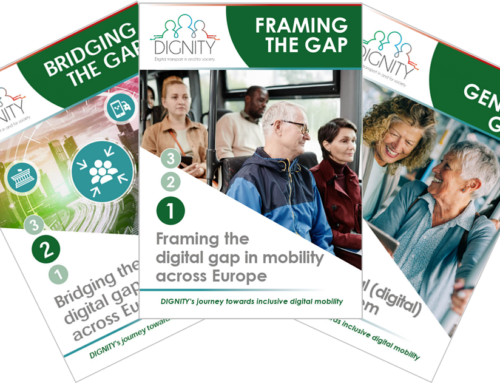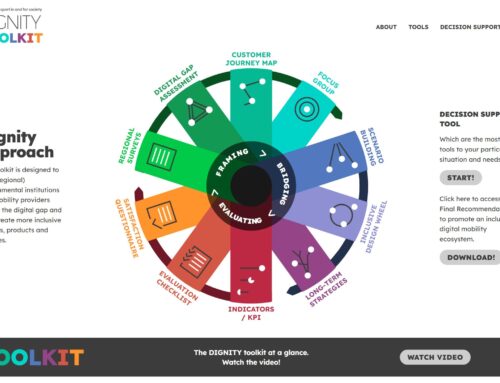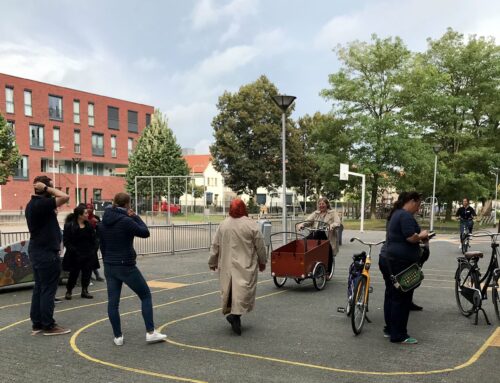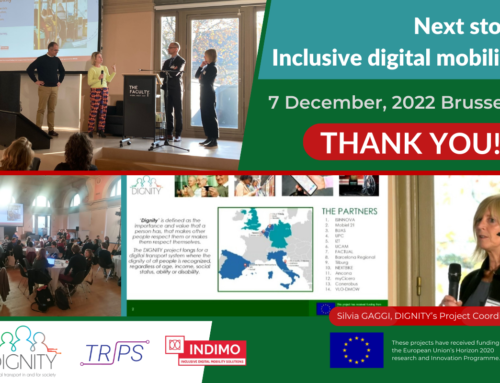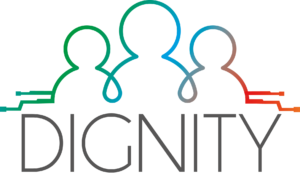The first year of DIGNITY has concluded. In this first phase of the project, “framing the digital gap”, work focused on researching and analysing the digital divide in DIGNITY’s four pilot cities, Tilburg, Barcelona, Flanders and Ancona.
It is now time for the next chapter of the DIGNITY approach to begin – the bridging phase. In this part of the project, we will test and validate the DIGNITY approach in real settings – our pilot regions.
What does the bridging phase involve? The Scenario Building Process and Inclusive Design Wheel will be instrumental. These methods were developed and tailored to the digital divide for DIGNITY by project partners the Institute for Futures Studies and Technology Assessment (IZT) and the University of Cambridge, respectively.
DIGNITY project partner, Mobiel 21, organised a two-day workshop in February 2021 to provide pilot cities with a deep dive into the knowledge and approach that will be used in the bridging phase.
This article will look at the first step in the process – scenario building.
The Scenario Building Method
On the first day of the workshop, IZT introduced its scenario building method, which will be implemented and tested in every pilot region between February and July 2021.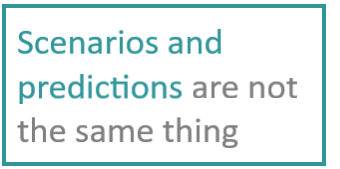
Did you know that scenarios are not the same as predictions? Scenarios are descriptions of alternative plausible futures offering a great level of flexibility, while a prediction is a calculated projection of the future using mathematical models.
Scenario building analyses and presents potential future developments in a clear and concise manner. One or more alternative future situations are outlined, together with a description of the factors that would lead to them occurring.
Scenarios can help organisations to think more broadly and increase their ability to deal with uncertain environments. There are three key steps:
- Assessing the local or regional situation
- Developing scenarios
- Developing programmes, plans and options
DIGNITY will use the scenario building approach to help make high level evaluations and explore what would happen if certain decisions were to be taken.
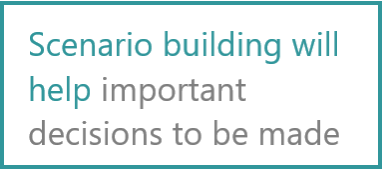 Each pilot region will develop strategies for digitally inclusive mobility systems using this approach.
Each pilot region will develop strategies for digitally inclusive mobility systems using this approach.
IZT has created a set of guidelines that will help the pilot regions to carry out the scenario building process as autonomously as possible.
Next week, we will look at the role of the Inclusive Design Wheel in the bridging phase.
Throughout 2021, results of the bridging phase will be posted on the DIGNITY website, Twitter, LinkedIn and Facebook pages.


